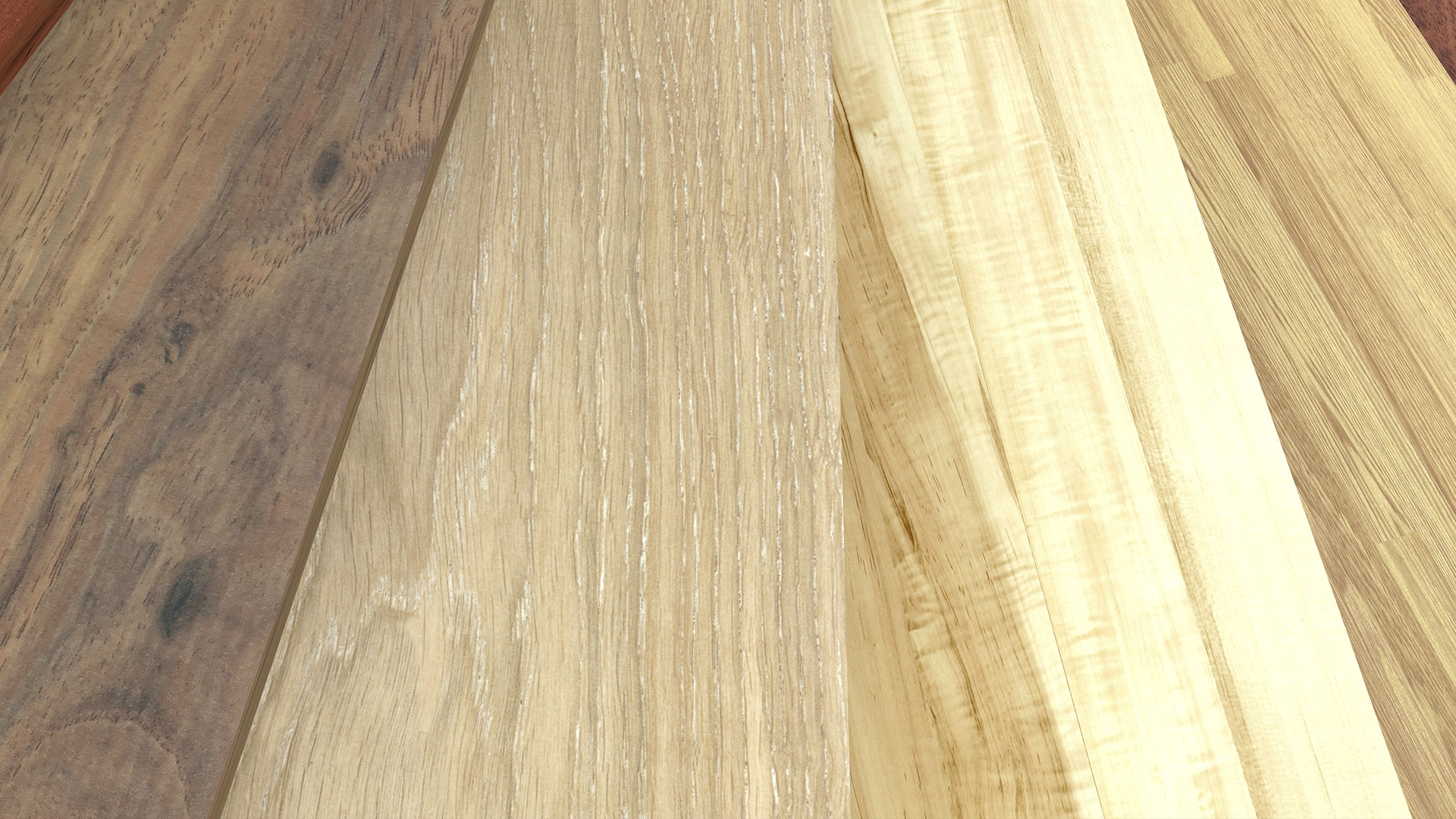What are the advantages of PVC flooring? PVC flooring has several advantages that make it a popular choice for interior design. First and foremost, PVC flooring is durable and long lasting, making it ideal for high-traffic areas such as entryways, kitchens, and bathrooms. PVC flooring is also easy to maintain and clean, as it is resistant to stains, scratches, and water damage. Additionally, PVC flooring is available in a wide range of colors, patterns, and textures, allowing designers to create unique and stylish looks for any space.
Another advantage of PVC flooring is its versatility. PVC flooring can be installed over most existing surfaces, including concrete, wood, and tile, making it an excellent option for renovations and remodeling projects. PVC flooring is also easy to install, as it can be cut to fit any size or shape of the room and installed using adhesive or click-lock systems. PVC flooring is also available in different thicknesses and grades, making it suitable for different applications and budgets.
Finally, PVC flooring is an eco-friendly option for interior designing, as it is made from recycled materials and is 100{23580c8ce5480cb394ec1e6c39f611979503af40dc5ef0e0e3204154b2c0a365} recyclable. PVC flooring also has a low carbon footprint compared to other flooring materials, as it requires less energy to manufacture and transport.
How does PVC flooring compare to other flooring options?
PVC flooring has several advantages over other flooring options for interior designing, such as hardwood, laminate, and ceramic tile. Unlike hardwood flooring, PVC flooring is resistant to moisture and can withstand spills and stains without warping or rotting. PVC flooring is also more cost-effective than hardwood flooring, as it is less expensive to purchase and install.
Similarly, PVC flooring is more durable and easier to maintain than laminate flooring, which can scratch and warp over time. PVC flooring is also available in a wider range of colors and patterns than laminate flooring, which can mimic the look of wood or tile but may not be as realistic.
Finally, PVC flooring is more versatile and easier to install than ceramic tile, which requires a subfloor and grout installation. PVC flooring can be installed directly over most existing surfaces, including concrete and wood, and does not require grout or sealing. PVC flooring is also softer and more comfortable underfoot than ceramic tile, which can be hard and cold.
What are the design options for PVC flooring?
PVC flooring is available in a wide range of design options that can suit any interior design style. PVC flooring can mimic the look of wood, stone, or tile, and is available in various colors, patterns, and textures. Some popular design options for PVC flooring include:
- Wood-look PVC flooring, which can mimic the look of hardwood or reclaimed wood and comes in different shades and textures.
- Stone-look PVC flooring, which can mimic the look of natural stone, such as marble, slate, or granite, and comes in different patterns and finishes.
- Tile-look PVC flooring, which can mimic the look of ceramic or porcelain tile and comes in different sizes and shapes.




